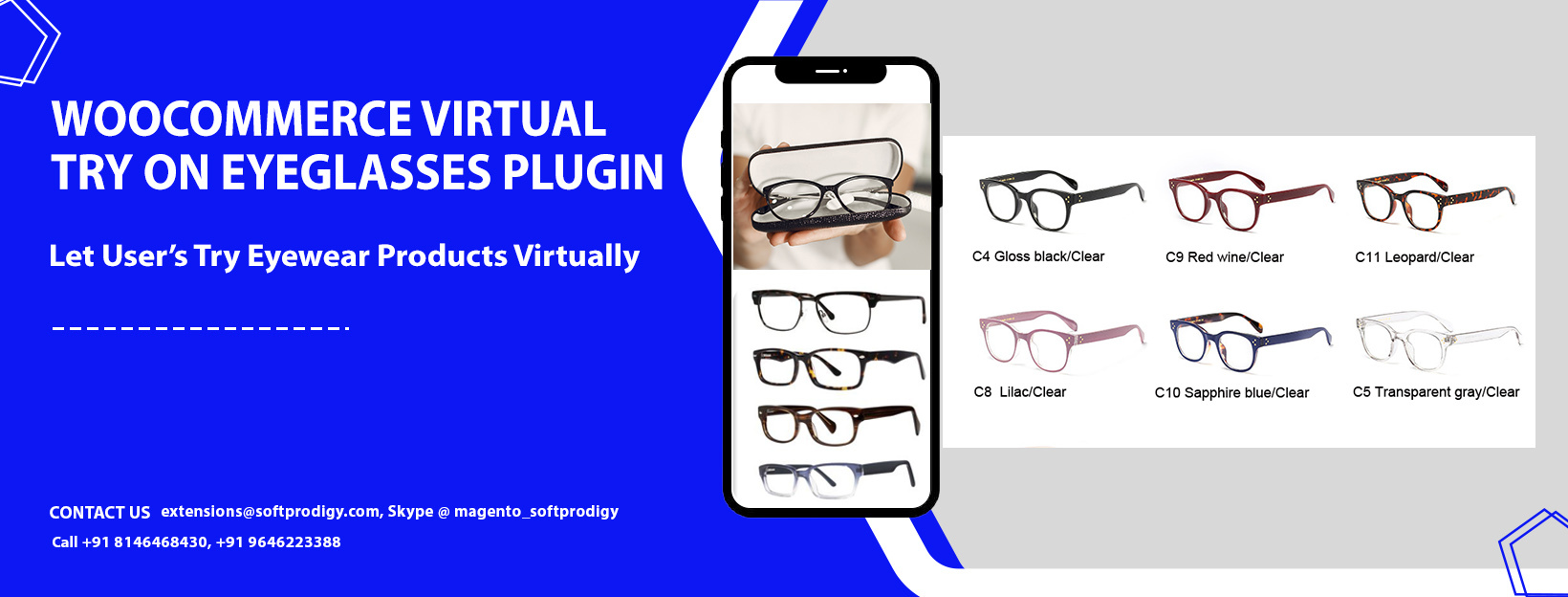The thrill of online shopping is an unparalleled feeling, and you don’t have to be a shopaholic to get that feeling. Spending hours ‘swiping left or right’ and ‘scrolling up and down’, that’s the life of modern-day consumers. I know what the brick-and-mortar shoppers are thinking.
For die-hard traditional shoppers, e-commerce isn’t the best place to find the right pair of sunglasses, contact lenses, or earrings. They often feel disappointedwhen they have to return the purchased product. Well, it’s an obvious feeling, but that’s a thing of the past. With the integration of augmented reality (AR), the e-commerce landscape is no more the same.
How Augmented Reality (AR) is Transforming Online Shopping?
AR is one of those breakthroughs for e-commerce that has changed the definition of online shopping.The technology is introducing a new method of engaging customers and improving conversion rates, altering how products are sold online. It is estimated that the global augmented reality (AR), virtual reality (VR), and mixed reality (MR) market will reach300 billion U.S. dollars by 2024.
Below are the most common ways e-commerce businesses are using augmented reality to sell products, attract customers, and deliver in-store experiences. Take a look.
- Virtual Try-On Solutions
The biggest fear of online shopping is missing out on the tangible part of a product. You can see it, but can’t touch and try it. Not anymore! Virtual try-on solutions like the Eyewear Virtual Try-on Plugin are way beyond your imagination. These solutions provide shoppers with a real-time shopping experience, helping them understand what they’re buying and how the item will lookon them. There are solutions like this for clothing, accessories, and even eyeglasses. The best example is the Virtual Mirror Try-on Plugin, which is a great way to try online eyeglasses in a realistic and immersive way.
Preview Placement
Just imagine how big an HDTV will look in your living room. Well, it can be difficult to imagine without physically visiting a store. Never mind looking at it on a small mobile screen. With AR-powered preview placement, shoppers can get a real-time glimpse of what a product will look like when it’s placed in their own space. This solution is incorporated by many websites and brands, especially the ones related to furniture and electronics. For example, the IKEA Place app allows users to view furniture in their homes. All you have to do is scan a room to get its dimensions right within the app.
Interactive User Manuals
There are products out there that require a learning curve to make it easier for new customers to use them. This is where an interactive user manual can be used to help new shoppers better understand how that product works. The manual responds to user actions and offers on-page contextual support by scanning the product and indicating the buttons in a real-life environment.
Virtual Showrooms
Today’s shoppers have the privilege to explore showrooms without visiting them physically. This is a new revelation in the online shopping world, encouraging retailers to create virtual showrooms or stores. These showrooms offer shoppers a virtual shopping experience similar to a physical store, giving them a fair idea of how their home could look when it’s turned into a store.
AR Filters
You may have used Snapchat or Instagram lately. Ever noticed how they use AR filters?Initially, these filters were used just for fun. However, over the years, their popularity touched the sky and a significant number of e-commerce brands jumped on the AR bandwagon through social media filters. Here’sa catch – social media filters are a great way to showcase new products by allowing people to test different products from different angles. It’s the novelty factor that makes these filters a great way to boost audience engagement and encouragement.
The Bottom Line: The Future of Shopping is Virtual
Already worth billions,there’s no doubt that AR is the future of e-commerce.Other industries like gaming also acknowledge the great potential of this technology. A lot of stuff we have just discussed is the tip of the iceberg – the very beginning of something called virtual future. A lot is yet to be discovered. What do you think?
